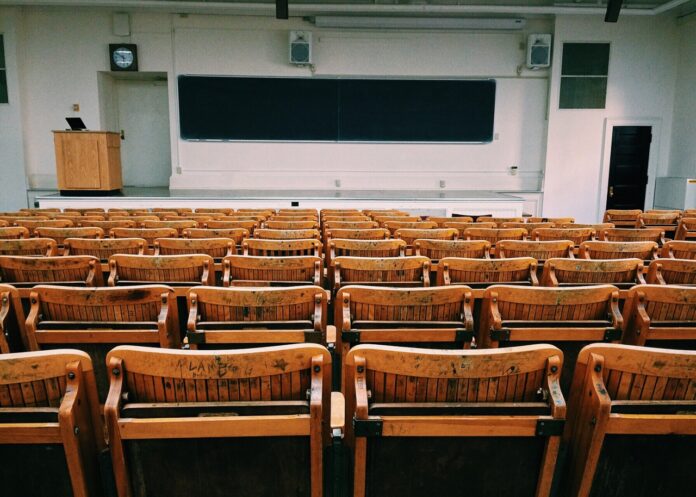Last May 19, the Virginia Education Report was presented to the state by the Virginia Department of Education (VDOE). Here, the VDOE reported that Virginia’s national standing in education has been on a decline.
Student assessments are trending downwards and enrollment numbers have dropped, declining by more than 3% or 46,000 students from late 2019. The department expects close to 50,000 fewer students by 2030.
It is important for Virginians to understand the origins of the enrollment crisis in order to successfully mitigate its effects. So let’s take a closer look.
Trends in enrollment
The University of Virginia (UVA) Weldon Cooper Center for Public Service’s January 2022 report shows that enrollment in Virginia public schools began to decline in the early 2020s. Additionally, Virginia kindergarten numbers were substantially lower beginning in 2013. The UVA notes this as the first indicator that enrollments started to decline in Virginia.
The 10 largest school divisions used to make up for enrollment losses elsewhere in the Commonwealth. By 2015, however, smaller kindergarten classes had to be implemented.
The UVA has noted that there is a relationship between the decline in public school enrollments and the number of births in Virginia since the late 2000s: births peaked in Virginia in 2007 before declining and similarly, kindergarten enrollment peaked five years later in 2012 before shortly descending as well.
Declining birth rates are a norm in most developed countries. Other states have also been noticing a national subsequent decline in enrollment more steeply in recent years. Washington had a 16.9% decrease in enrollment while West Virginia had a 29.6% decrease last fall 2020 to fall 2021.
Virginia’s enrollment decline was only 4.3% – 6.6%, but what’s concerning is the lack of recovery that other states have begun to show. State officials in neighboring West Virginia say that the number of freshmen on West Virginia’s public four-year college campuses increased by 3.7% in 2022.
Slow bounce-back of enrollment
So what’s different in Virginia? Financial setbacks have seen families struggle to pay for tuition fees and student loans, with 55,000 more parents choosing to homeschool their children. The average cost of a college education in Virginia shot up 40% between 2009 and 2018. Additionally, Forbes found Virginia’s average student debt is higher at $29,616, compared to Washington’s $23,993.
With the higher average debt, Virginia’s percentage of graduates with student debt is still higher at 55% than Washington’s 47%. Student debt is affected by several factors, but fortunately AskMoney reports that student loans are currently paused to provide borrowers a temporary reprieve. Students haven’t been required to deposit monthly payments on outstanding loan balances since March 2021 and won’t need to restart until September 2022.
Interest won’t be accrued and borrowers will owe the same principal amount and any accrued interest they owed before the payment suspension. Otherwise, forgiven student loans are now tax-free until 2025, allowing borrowers to have loans forgiven without incurring a tax debt.
Outlook for the future
Despite the discouraging numbers, the Virginia community remains steadfast in overcoming this particular challenge. Efforts from every stakeholder are particularly necessary. Policy makers are doing what they can, and educational institutions like Virginia Western Educational Foundation are maximizing scholarships of more than $200,000 to over a hundred students in order to drive the enrollment rate upwards.
Public officials, educators, parents, and students are working to find a solution to this enrollment crisis. With time, Virginia may be able to bounce back to optimal levels, to the benefit of Virginian youth.

